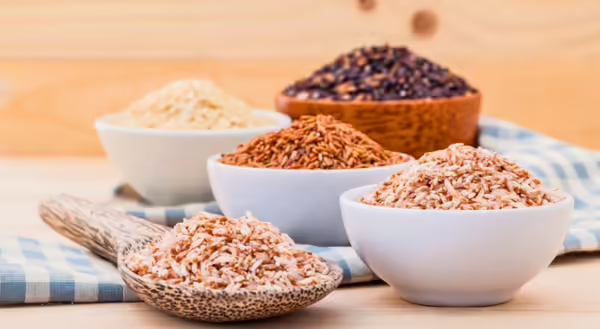
Protein is an important macronutrient for building up our bodies. While many people meet or even exceed their protein needs, some groups often fall short, such as adolescents (ages 9-18) and older adults (60+). Generally, people need around 5-7 oz. of protein per day. When most people think of protein, they picture meats or possibly protein shakes. These are excellent sources of protein, but not always accessible. Some individuals avoid meat or dairy due to personal beliefs, health reasons, or financial limitations. That’s why it’s important to know alternative sources of protein, especially plant-based options.
It's important to note that most plant-based proteins are incomplete proteins, meaning they lack one or more of the nine essential amino acids our bodies cannot make on their own. However, by including a variety of protein-rich foods, you can still meet your nutritional needs and even get extra benefits like fiber, healthy fats, and key vitamins. With that noted, there are many foods that can be integrated into your diet to increase protein content without adding more chicken or supplements to the grocery list.
Seeds
- Chia seeds contain 5 grams of protein per 3 Tablespoons. These can be stirred into baked goods, smoothies, juices, or yogurts and also provide fiber, iron, potassium, and calcium.
- Hemp seeds offer 10 grams of protein per 3 Tablespoons and are a complete protein! They’re perfect toppings for fruit, yogurt, smoothies, salads, and oatmeal, and are a great source of omega-3s, calcium, magnesium, and vitamin D.
- Pumpkin seeds can provide around 7 grams of protein per ounce and can easily be tossed into salads, oatmeal, or just eaten as a snack.
Whole Grains
- Quinoa is a gluten-free grain with 6 grams of protein in just ¼-cup of dry quinoa and is also a complete protein! Quinoa can easily be a substitute for rice or couscous.
- Old-fashioned oats can contain around 5 grams of protein per ½-cup uncooked. Pair with milk, nut butters, and seeds (chia, hemp, pumpkin, etc.) for a nice boost to protein intake.
Protein Pastas
- Lentil and chickpea pastas are usually quick, easy, high-carb meals to whip up. They’re great options for both protein and fiber.
Explore some lesser-known sources of protein to make your meals more nourishing and balanced, no extra meat required!
Sources
- U.S. Department of Agriculture and U.S. Department of Health and Human Services. Dietary Guidelines for Americans, 2020-2025. 9th Edition. December 2020. Available at DietaryGuidelines.gov.
- U.S. Department of Agriculture. MyPlate. Available at MyPlate.gov. Access date: May 27, 2025.
This blog post is written by Blake Schinzler, Illinois State University dietetic intern.
About the Author
Jenna Smith is a Nutrition and Wellness Educator with University of Illinois Extension, serving Livingston, McLean, and Woodford Counties. Smith uses her experience as a registered dietitian nutritionist to deliver impactful information and cutting-edge programs to Livingston, McLean, and Woodford Counties and beyond.